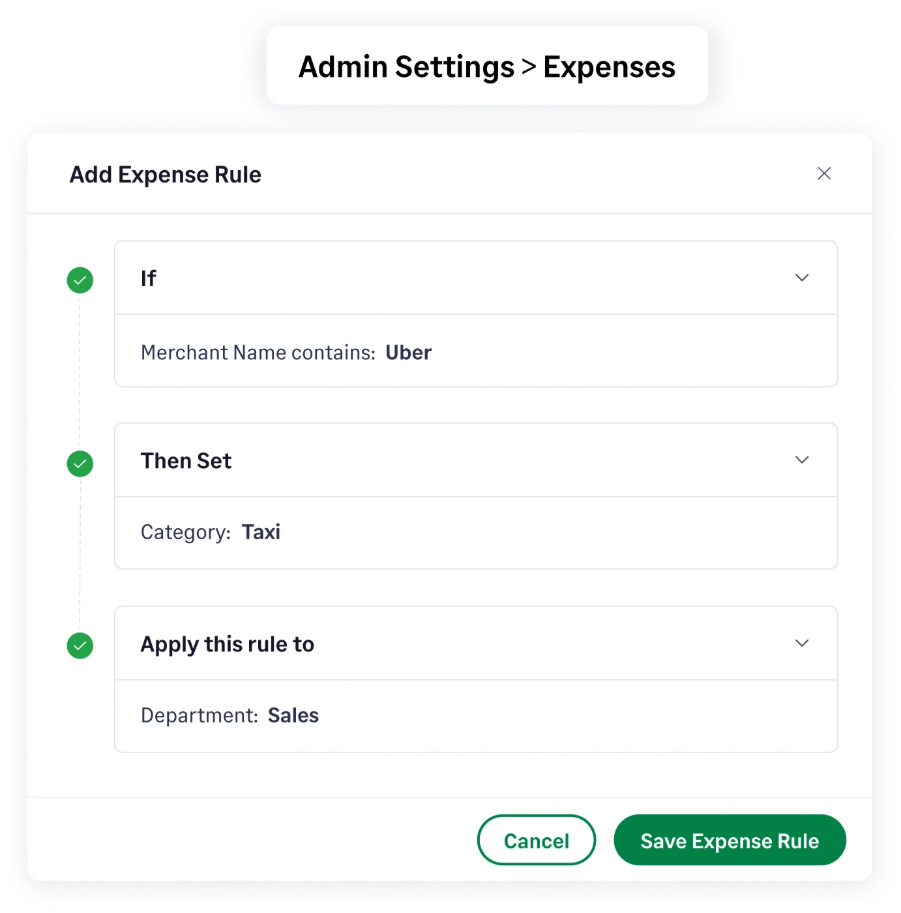You know the tell-tale signs: the expense reports that consistently land on your desk are late, receipts are haphazardly attached, and the inevitable "Miscellaneous" category is overused.
While this looks like a compliance issue, the problem often lies within your own accounting structure.
Your complex Chart of Accounts (COA) is creating unnecessary friction. This friction directly sabotages employee morale, delays submissions, and contaminates vital financial data. It is not a human problem; it is a process failure rooted in outdated expense tools.
The Employee's Nightmare: Expense Coding vs. Core Responsibilities
Employees are not financial coders. They are traveling, selling, managing projects, or building products. When they open an expense report, they are instantly confronted with dozens of GL codes that mean nothing to them.
This situation creates a catastrophic disconnect:
- The cognitive drain: Forcing employees to decipher complex accounting terms and numbers (e.g., "70310-150 IT Hardware" versus "Office Supplies") is time spent away from their core, revenue-generating role.
- The data black hole: When confusion hits, employees default to the path of least resistance: they guess or use ambiguous codes. This is how expenses like key project materials disappear into "General Overhead" or the useless "Miscellaneous" category, making the data unusable for strategic analysis.
The Financial and Human Cost of Friction
This categorization chaos quickly turns a tactical frustration into measurable financial risk:
- Consequence 1: Data degradation: Inaccurate coding from guesswork flows directly into your financial statements. This compromises the accuracy needed for external compliance and makes internal reporting, like Budget vs. Actuals (BvA), unreliable.
- Consequence 2: Morale and low adoption: A complex categorization process ties up reimbursements, creating a poor employee experience. This dread leads directly to late submissions and low adoption of the expense management system across the company.
- Consequence 3: Audit risk (the hidden threat): Inconsistent categorization—the direct result of employee confusion—is a glaring primary red flag during an audit. Inaccurate coding suggests a lack of internal controls, inviting external scrutiny of your tax deductions.
The Sage Expense Management Solution: Intelligence Over Complexity
The goal is not to simplify your necessary financial structure, but to make the categorization process intelligent and automated.
Sage Expense Management (formerly Fyle) achieves this by deploying AI that works for the employee, not against them:
AI Auto-Suggestion

Our AI uses Optical Character Recognition (OCR) to scan the vendor and purchase details from the receipt. It then instantly suggests the correct GL code based on vendor type and historical expense consistency.
The task is reduced from deciphering dozens of codes to a single click confirmation, removing the cognitive burden entirely.
Zero Learning Curve

Since employees can submit receipts via text message or email without opening the app, the system becomes intuitive and simple, driving faster adoption.
Granular, Clutter-Free Reporting

Sage Expense Management allows you to add dynamic custom tags (like Department, Project, or Cost Center) to expenses. This allows for incredibly detailed reporting without adding endless complexity to the foundational COA.
Conclusion: Ditch the Dread, Drive Adoption
You deserve an expense system that drives both high data quality (your goal) and high user adoption (your employees' goal).
Stop letting your confusing Chart of Accounts sabotage employee morale and contaminate your financial data. The solution is simple: swap the confusion for an intelligent, automated platform.
{{gl-data="/cta-banners"}}


















